Chevrolet Isn't Going to Like the Nissan Armada Pro-4X's Capability originally appeared on Autoblog.
Same goal, different approaches
Right out of the box, the Nissan Armada Pro-4X is not only vastly improved over the previous Armada but also extremely capable off-road. Nissan gave this latest Pro-4X a big boost in tech, comfort, and powertrain performance, and it shows in every part of the driving experience. In fact, it impressed me so much during testing that I ranked it above the Toyota Sequoia TRD Pro — a tough competitor in this segment.
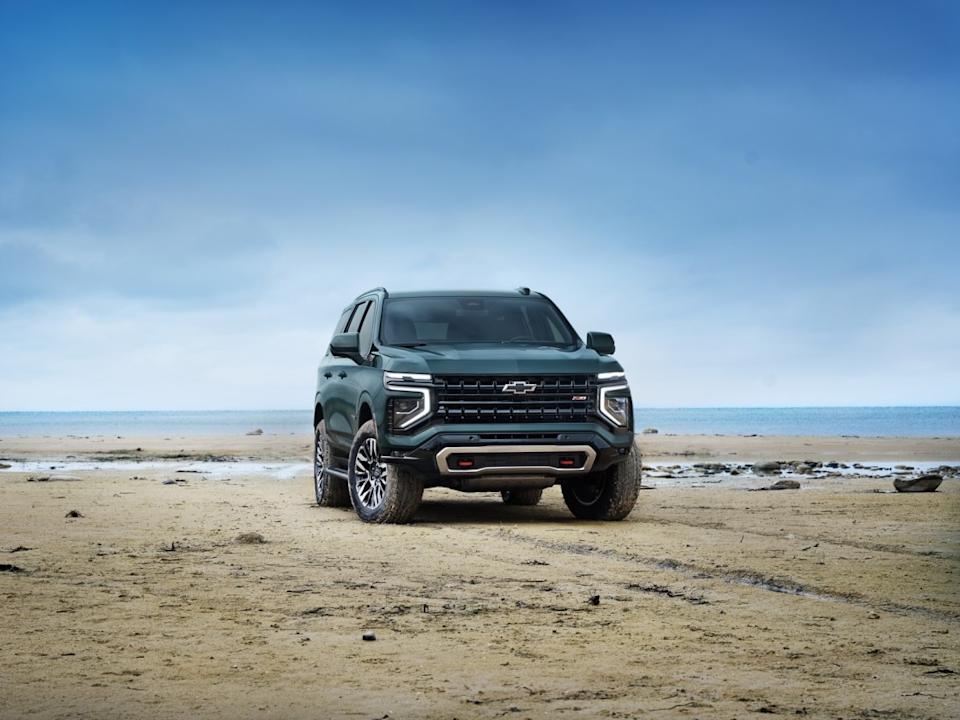
View the 2 images of this gallery on the original article
The Chevrolet Tahoe Z71 is a closer, more natural rival. It’s built with a similarly rugged body-on-frame setup, offers real off-road hardware, and provides a wide range of factory upgrades. Where Nissan focuses on making the off-road package fully loaded right from the factory, Chevy gives buyers a lot of choice in terms of powertrains, suspension tech, and packages — which can be a blessing or a budget-breaker, depending on how you spec it.
As a former owner of a Chevrolet Blazer and GMC Jimmy, I know how tough these traditional SUVs can be. The world may have moved toward crossovers and EVs, but the DNA of these big, body-on-frame rigs hasn’t changed: they’re still built for towing, hauling, and handling bad roads without complaint. The difference now is that they come packed with far more comfort and tech than the square-bodied trucks of old.
Nissan Armada Pro-4X - MSRP: $75,750

Powertrain: 425 hp, twin-turbo 3.5L V6 (516 lb-ft torque)
Transmission/Drivetrain: 9-speed automatic, traditional 4x4 with two-speed transfer case
Off-Road Hardware: Standard electronic locking rear differential, full-length skid plates, all-terrain tires, and active air suspension with up to 9.6" of ground clearance
Interior Features: 12.3" fully digital driver display, 14.3" touchscreen, ProPILOT Assist driver aid suite, premium Klipsch audio system, ambient interior lighting
Fuel Economy (EPA est.): 15 mpg city / 18 mpg highway
Towing Capacity: Up to 8,500 lbs
Cargo Space: 97.1 cu-ft max
The Pro-4X trim is more than just a cosmetic package — it’s the most capable Armada you can buy from the factory. The new twin-turbo V6 is a big leap over the old naturally aspirated V8, with more torque across the rev range and noticeably stronger acceleration. The cabin is a high point too: seating comfort is excellent in all rows, with high-quality materials and better fit-and-finish than before. The trade-off? It’s slightly smaller inside than the Tahoe, especially behind the third row, though it makes up for it with richer standard equipment.
Chevrolet Tahoe Z71 - MSRP: $72,095
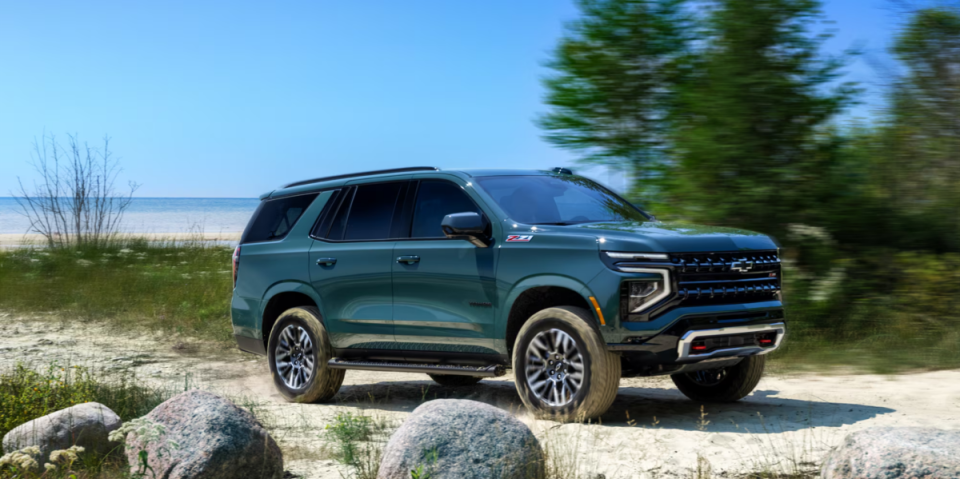
Standard Engine: 355 hp 5.3L V8 (383 lb-ft torque)
Optional Engines: 305 hp 3.0L inline-6 turbo-diesel (495 lb-ft) or 420 hp 6.2L V8 (460 lb-ft)
Transmission/Drivetrain: 10-speed automatic, off-road tuned suspension, skid plates, recovery hooks
Available Hardware: Electronic limited-slip differential, adaptive air suspension, Magnetic Ride Control (requires Off-Road Capable Package +$2,845)
Fuel Economy (EPA est.): 15/20 mpg (5.3L V8), 14/18 mpg (6.2L V8), 20/26 mpg (diesel)
Towing Capacity: Up to 8,400 lbs
Cargo Space: 122.9 cu-ft max
Chevy’s Z71 package is more modular — buyers can start with a base off-road-ready Tahoe and add options as needed. The available diesel is a standout for those who tow long distances, thanks to its excellent torque and 600-mile range. While the Tahoe’s cabin isn’t quite as plush as the Nissan’s in base form, it’s roomy, functional, and easy to configure. Where the Chevy really pulls ahead is in total cargo space — it simply has more room for gear, especially behind the third row.
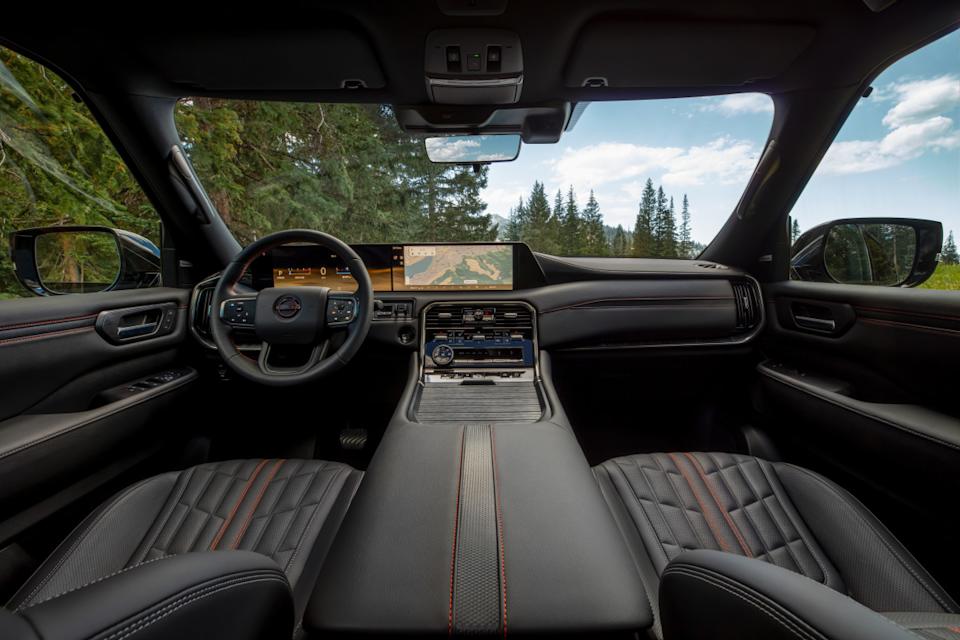
View the 5 images of this gallery on the original article
On-road performance
The Armada’s twin-turbo V6 delivers its power with a strong mid-range surge, making highway passing and steep climbs effortless. It also does a good job balancing performance and refinement, with less vibration and noise than you might expect from a big truck-based SUV. The Tahoe’s standard 5.3L V8 is adequate for most needs, but the 6.2L V8 or diesel is the better choice if you’re regularly hauling or want more punch. On the road, Chevy’s adaptive suspension makes for a smoother, more composed ride, and the availability of Super Cruise — GM’s excellent hands-free driving system — gives the Tahoe a big advantage for long-distance cruising.
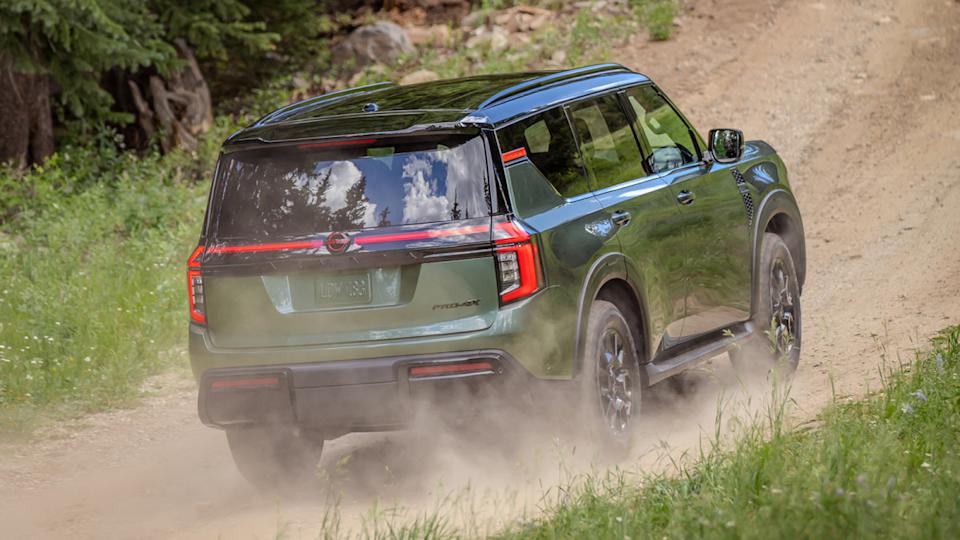
View the 2 images of this gallery on the original article
Off-road performance
Both SUVs can take a beating off-pavement, but they approach it differently. The Tahoe Z71 with air suspension can reach up to 10" of ground clearance, slightly edging out the Armada’s 9.6". However, Nissan’s suspension feels more flexible over uneven terrain, and the Pro-4X comes with more trail-ready gear standard — including the locking rear diff, which is optional on the Chevy. Chevy’s off-road tuning filters out more harshness and feels more composed on rough fire roads, while the Armada’s stronger standard engine makes it livelier when powering through loose sand or climbing steep grades.

View the 2 images of this gallery on the original article
Final thoughts
If you want the biggest interior and the most customization options, the Tahoe Z71 is hard to beat — especially with the diesel, which delivers class-leading range and strong towing performance. If you want the best value in standard off-road equipment, richer interior appointments without ticking a lot of option boxes, and a powertrain that outguns most of the competition right out of the gate, the Armada Pro-4X gets my nod.
When comparably equipped, the Tahoe’s price climbs into the mid-$80Ks, while the Armada stays noticeably lower while offering more included features. Both are strong, capable full-size SUVs, but Nissan’s more complete Pro-4X package means you’re ready for both the daily commute and the weekend trail run without an extra trip to the options list.
Chevrolet Isn't Going to Like the Nissan Armada Pro-4X's Capability first appeared on Autoblog on Aug 10, 2025
This story was originally reported by Autoblog on Aug 10, 2025, where it first appeared.
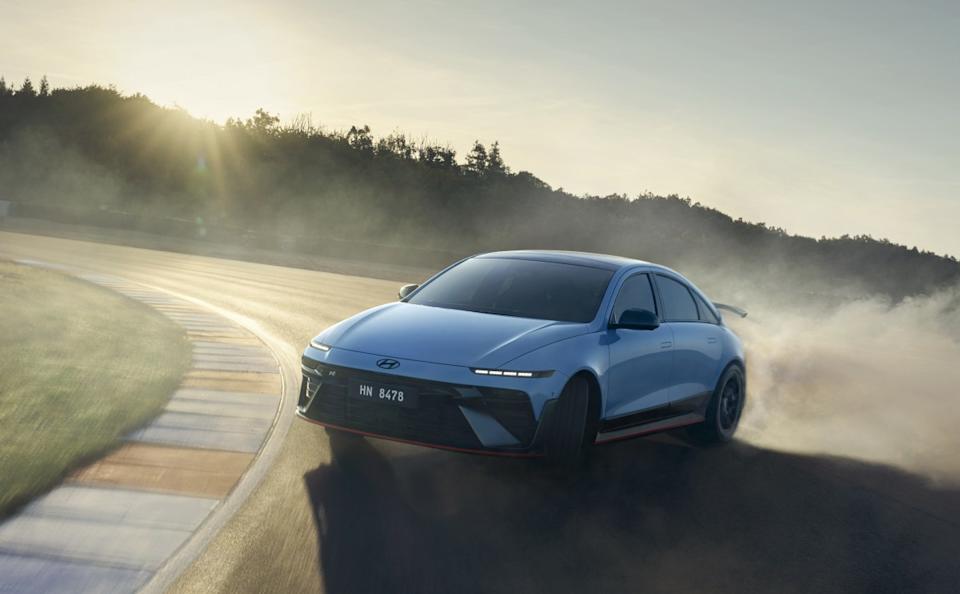
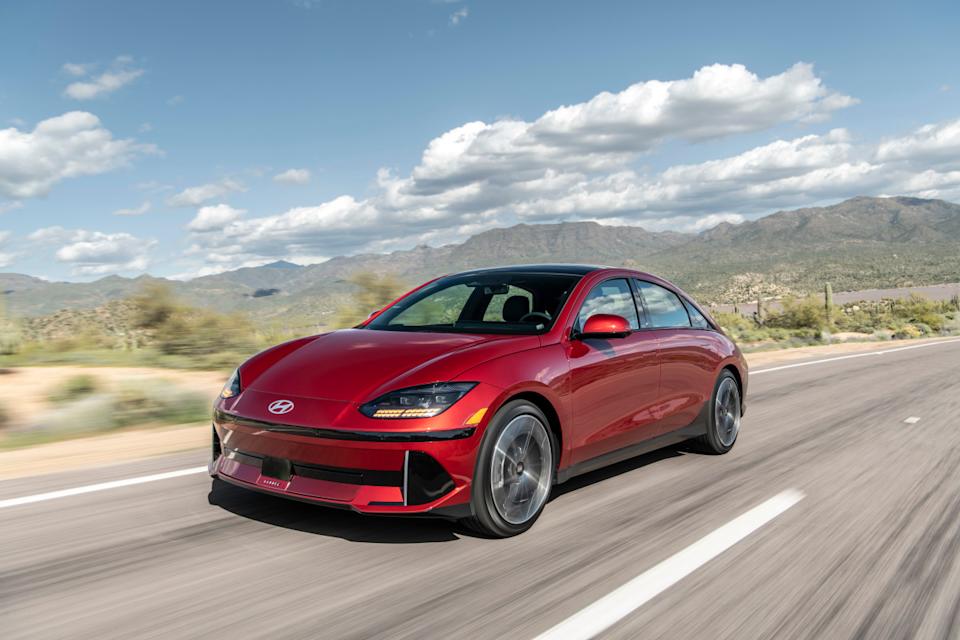
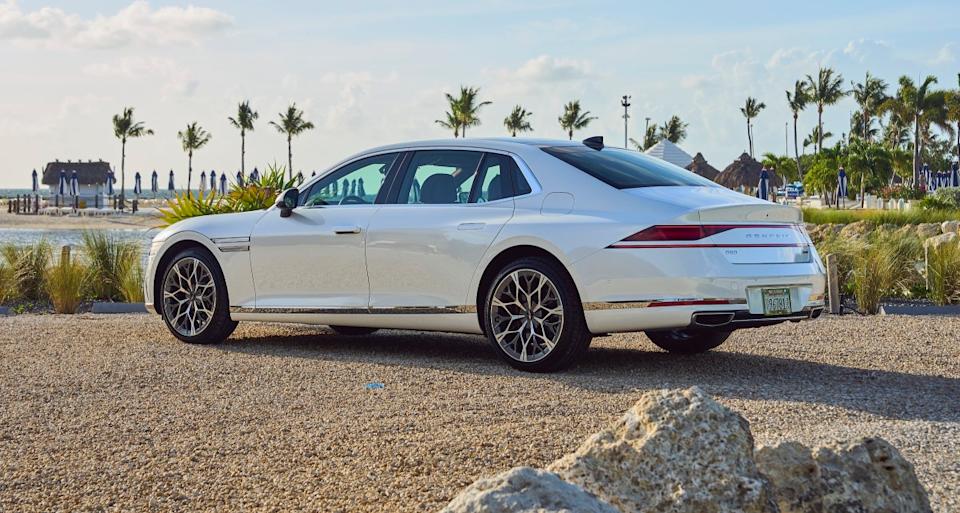
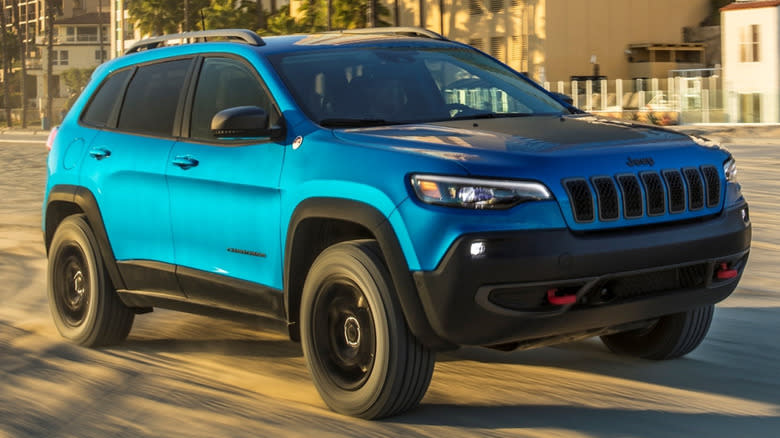
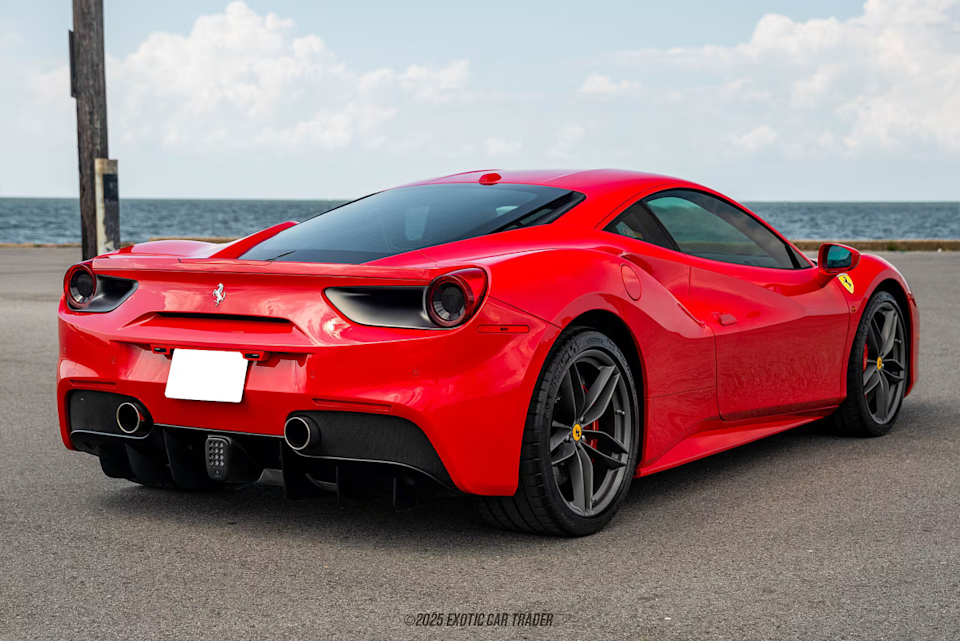


Comments